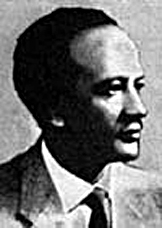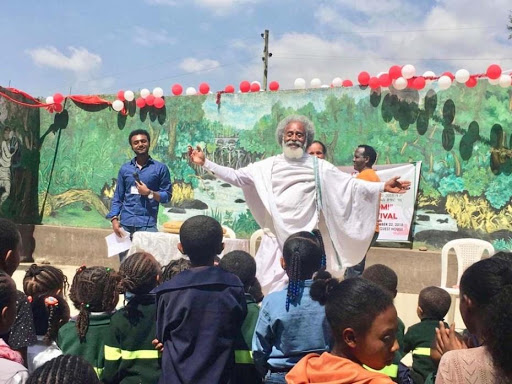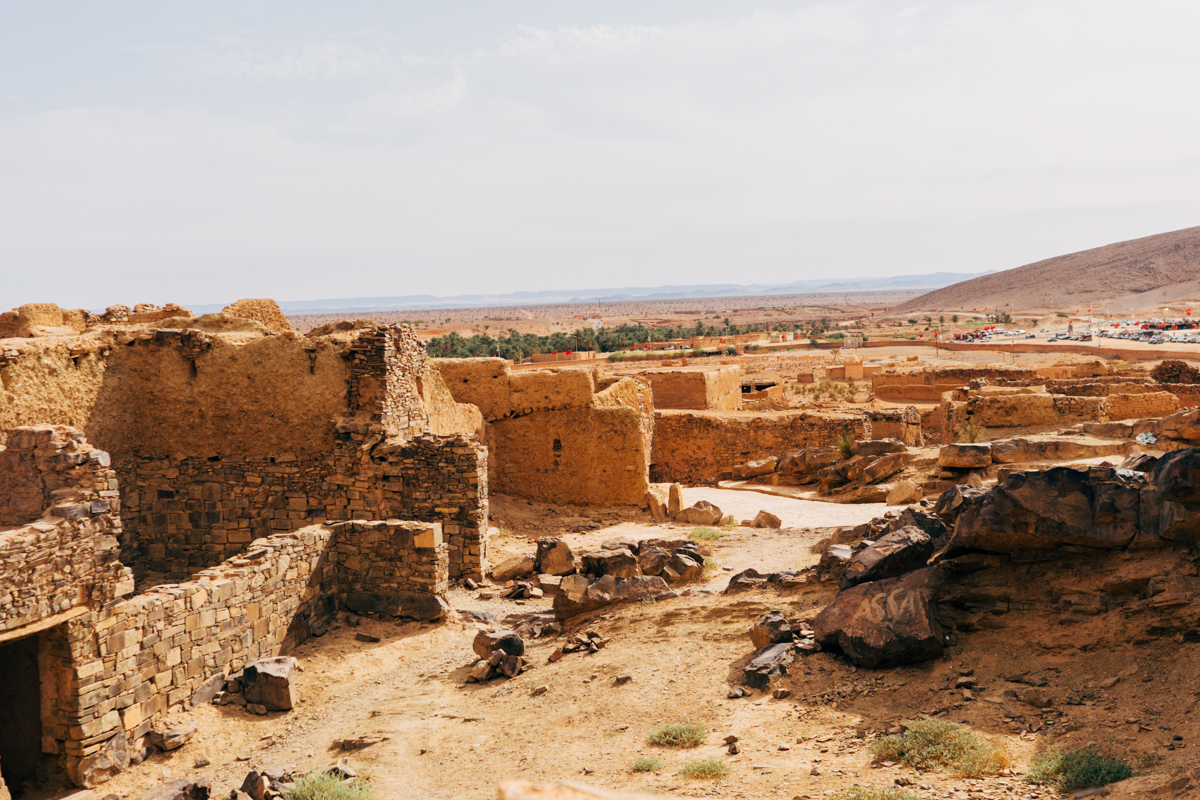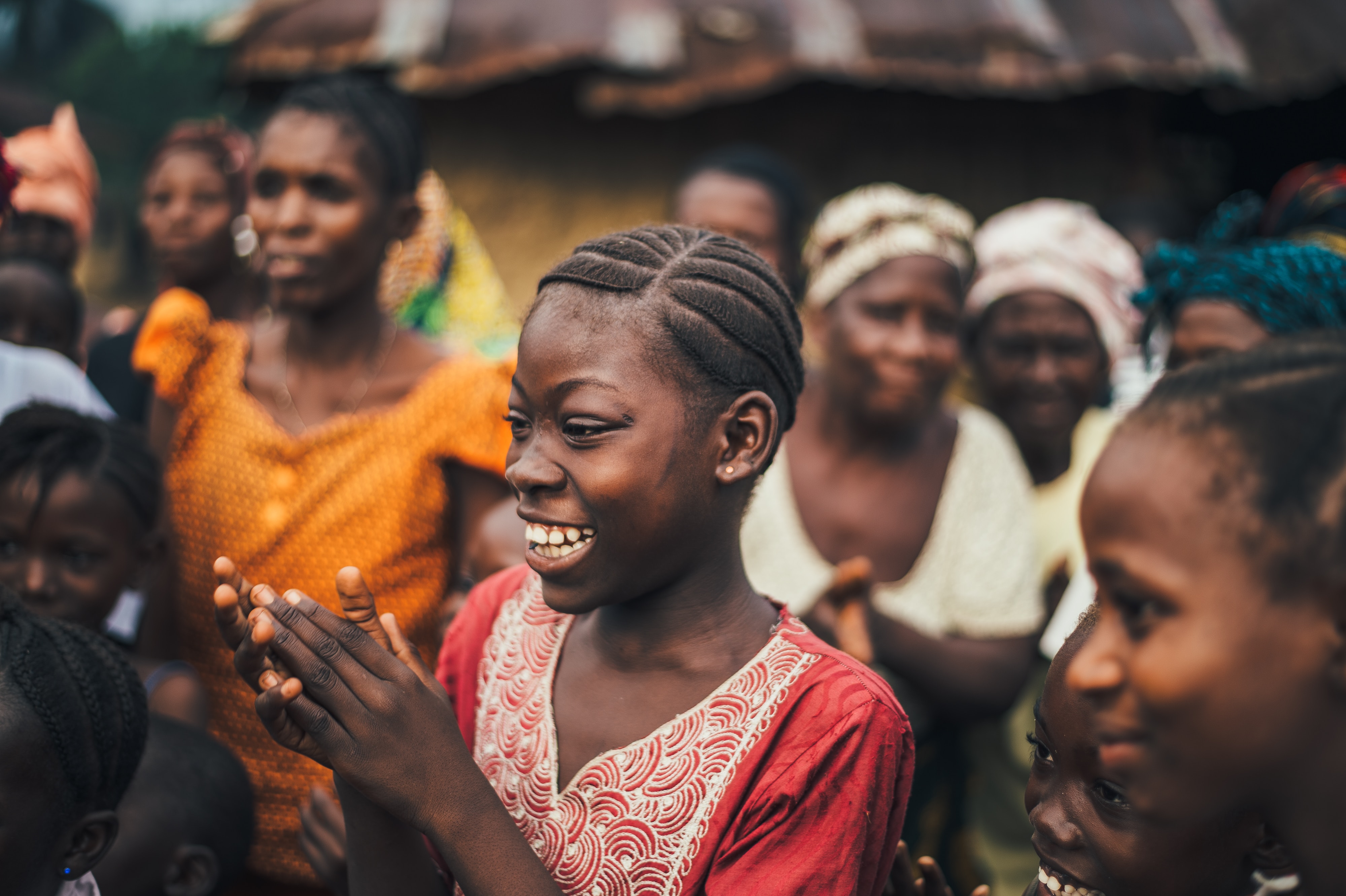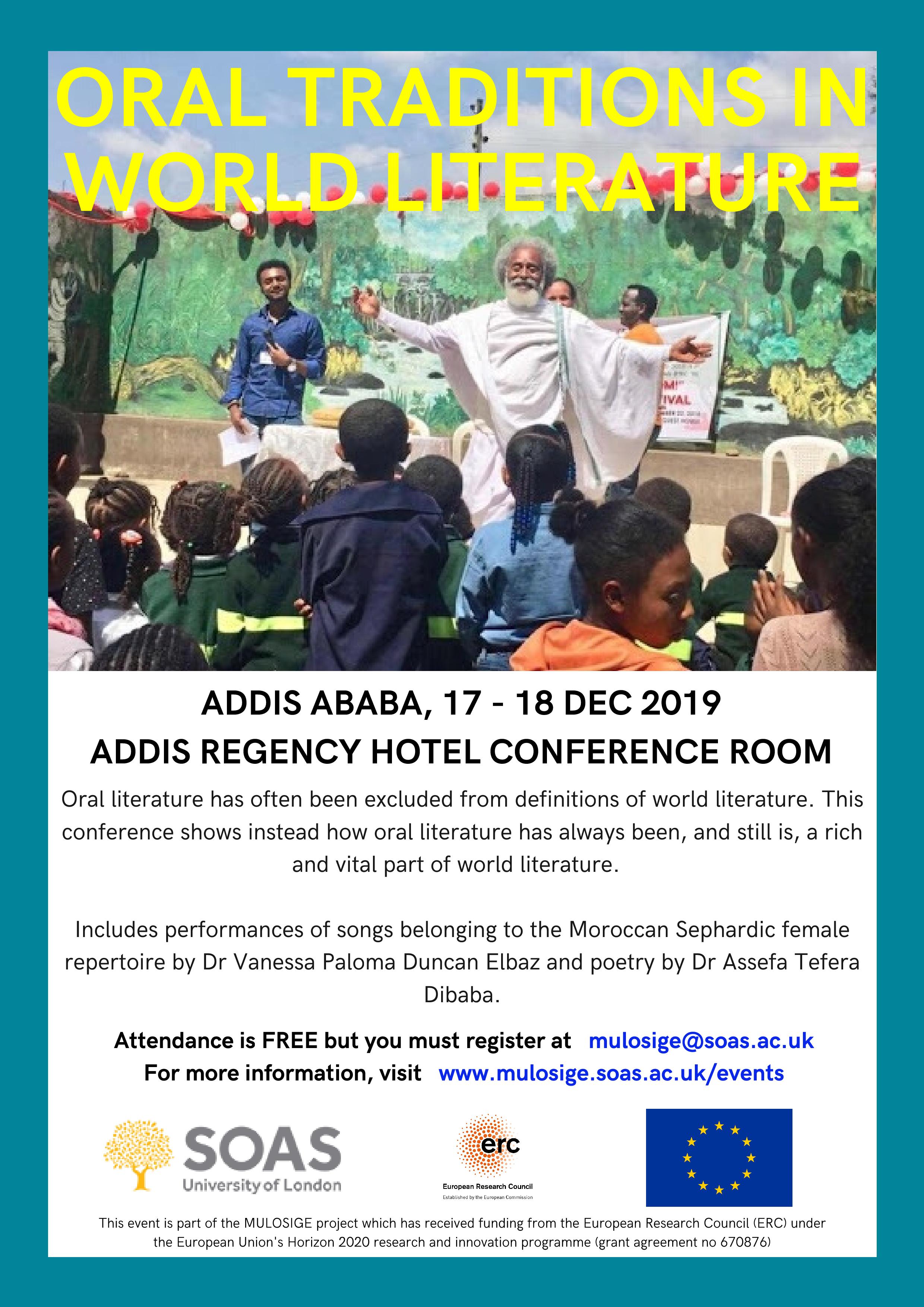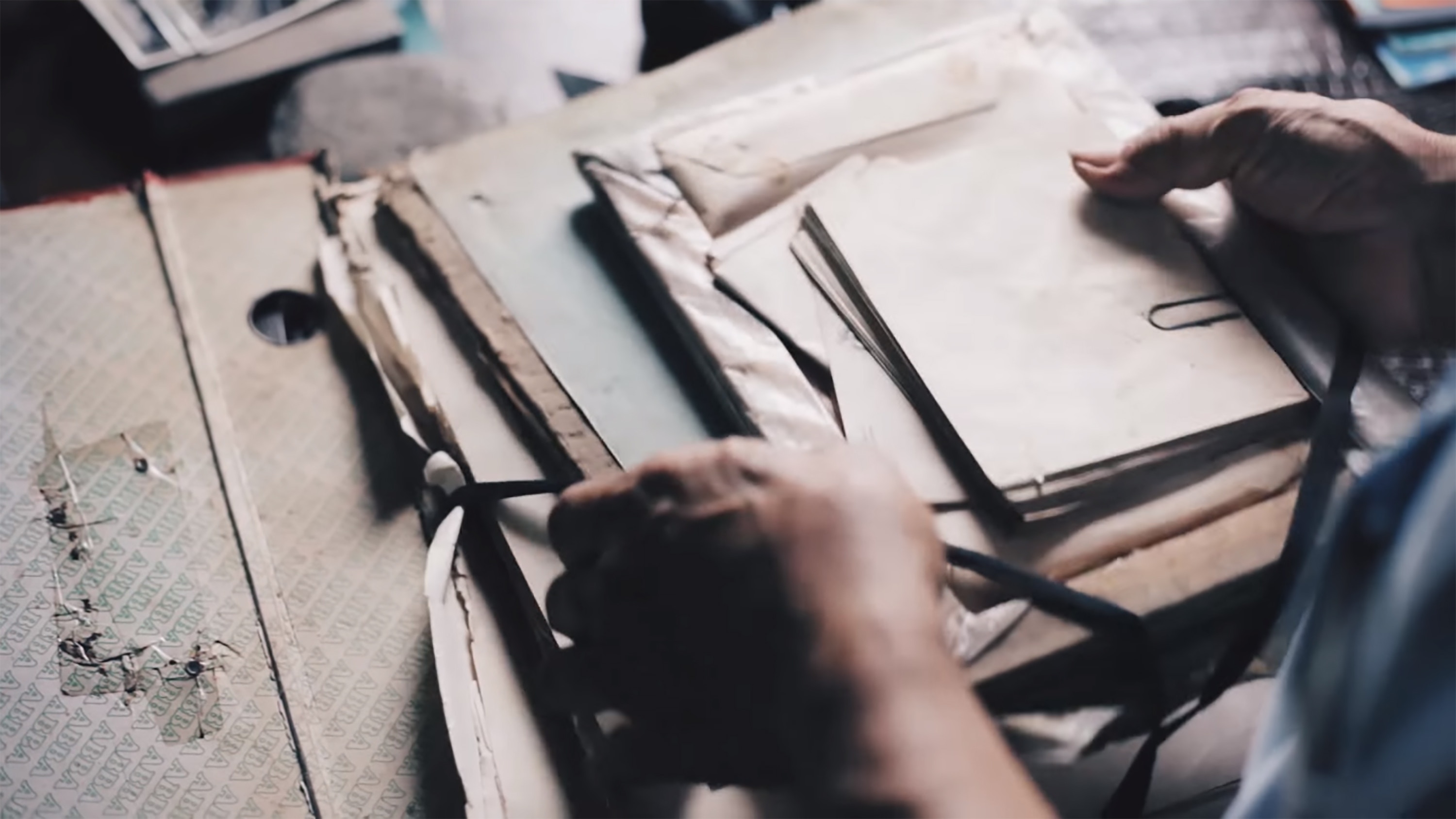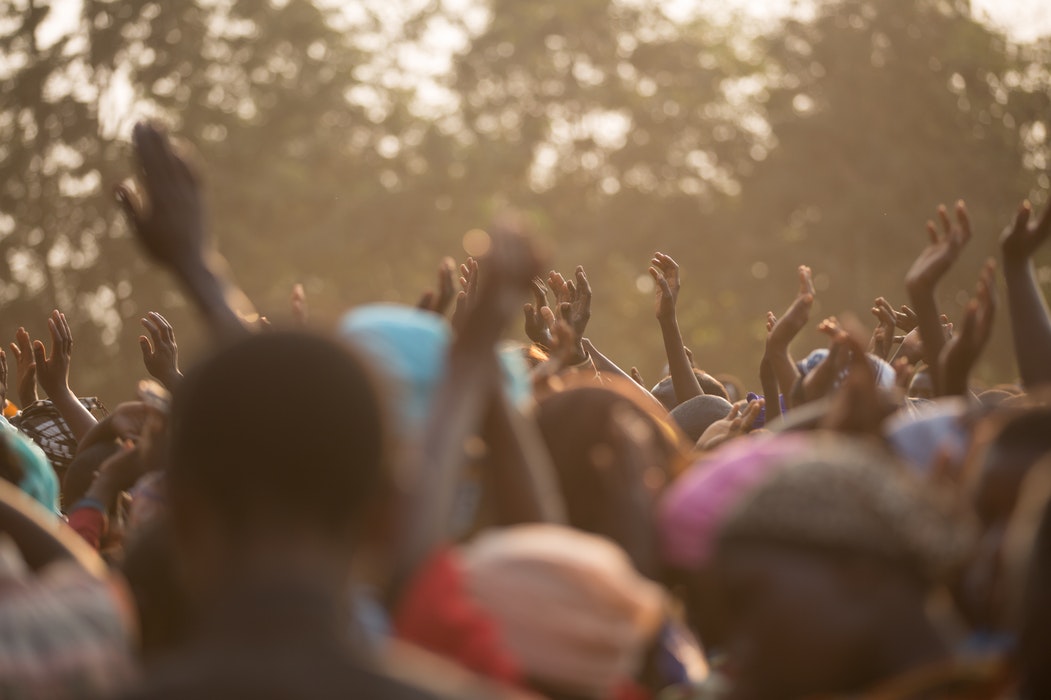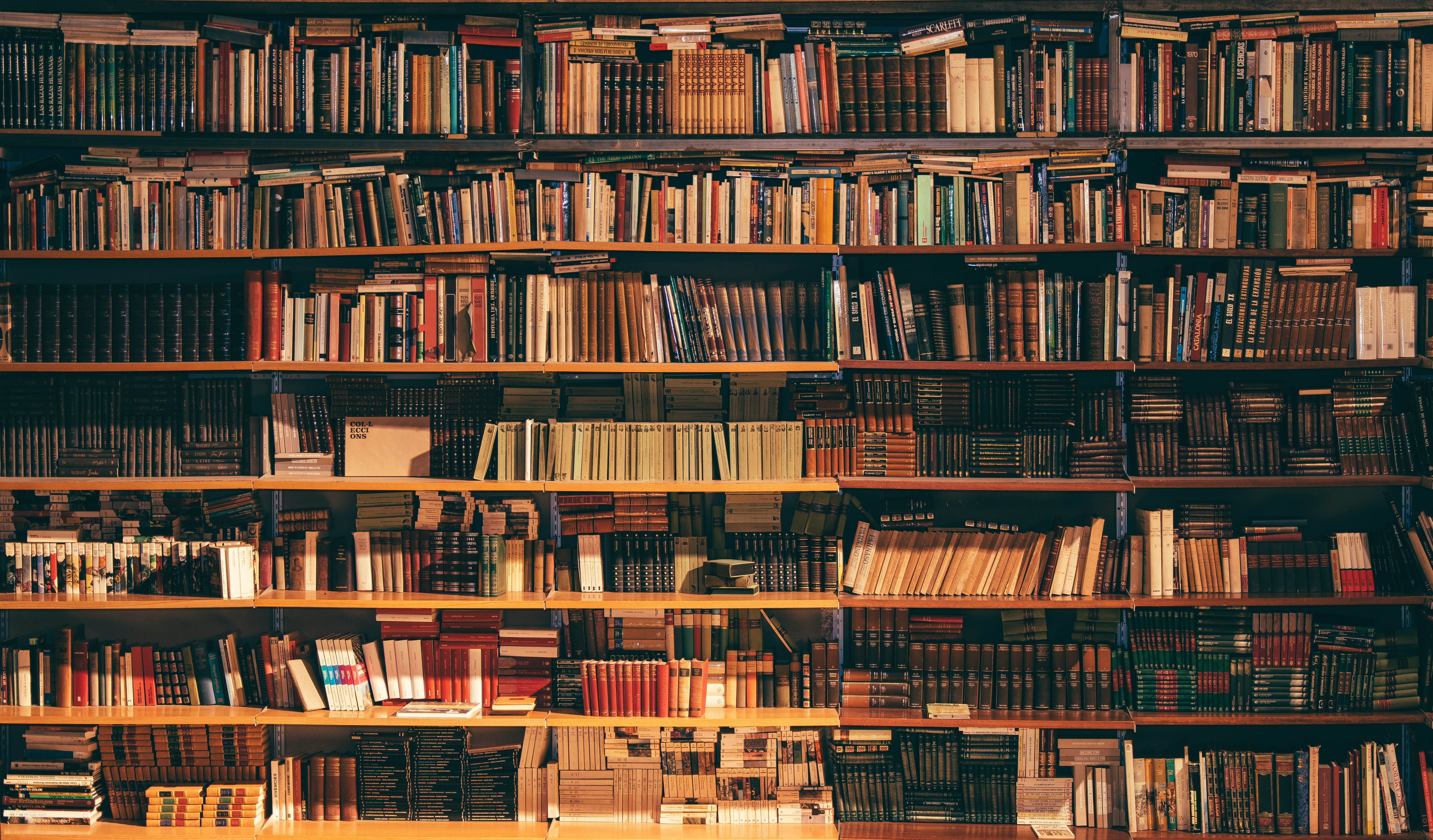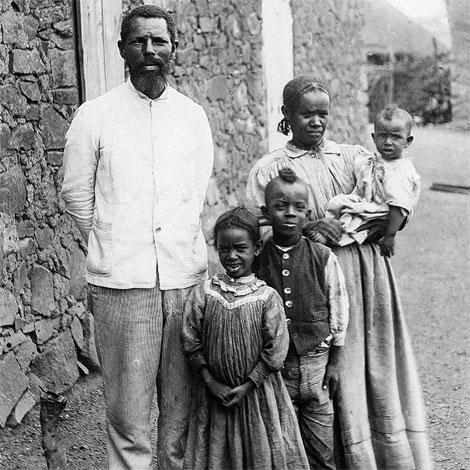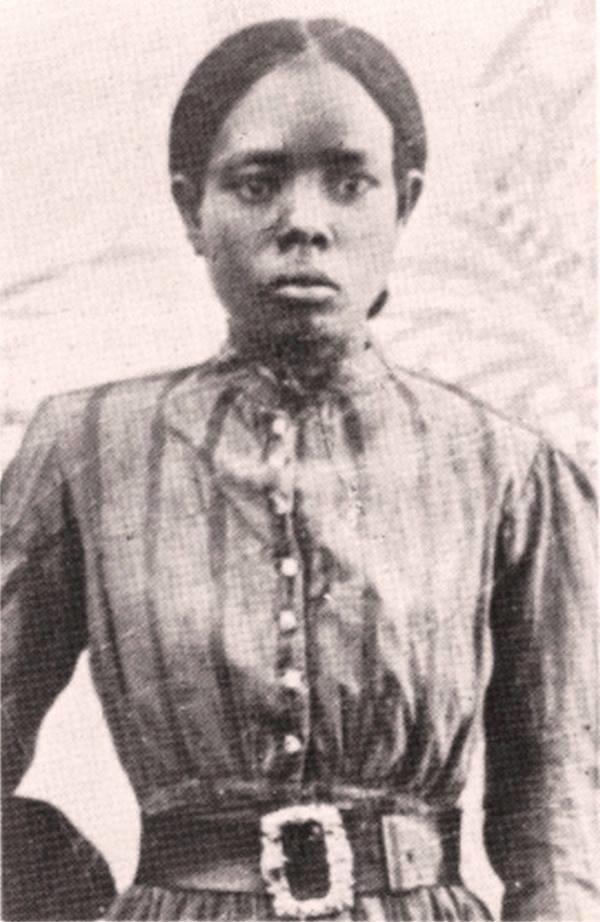.
In the medieval period, the Christian and Muslim parts of the Horn of Africa were well connected with centres of religious learning in the Eastern Mediterranean and Middle East, with a vast network of exchanges and translations between Geez, Arabic, Greek, Coptic, and Syriac. Mission stations set up by various European denominations in the 19th century coincided with a rapid increase in the volume of Tigrinya- and Oromo-language production, while in the imperial court Amharic gradually replaced Geez as the official language of the state.
From the beginning of the twentieth century Amharic saw a boom in fictional and non-fictional production, mostly linked to new state schools, newspapers, and publishing houses. The short-lived Italian colonial presence (1936-1941) did not significantly impact Amharic literary forms, styles and aesthetic values. Starting from the 1941 liberation, policies of cultural assimilationism reinforced the marginalisation of Ethiopian languages other than Amharic, such as Tigrinya and Oromo. International scholars have tended to reinforce the power relation between Amharic as the cultural centre of the region and “peripheral” literatures—thus allying themselves with the dominant language.
Although the issue of orality is perceived to be central to the literary and cultural heritage of the Horn of Africa, there is a general lack of comparative studies between the oral and the written and their interactions. MULOSIGE’s comparative focus on orature and written genres will show how the “local” in the Horn of Africa is layered and structured along networks of linguistic, cultural and political power relations.
The Ethiopian Writers’ Association: Between Multilingual Openings and Monolingual Practice
When the association that claims to be “Ethiopian” restricts its policy and publications to the tradition of one language and presents that language as a representative of the country, the legitimacy of such a claim should be called into question.
Asoosama gabaabaa: A short story in Oromo
"I did not know it" tells the story of Ruufo Gurraachaa, a girl who survived the Surro massacre as a small child. Brought up by a perpetrator of the massacre and given in marriage to an old man who orchestrated the violence, Ruufo is unaware of her tragic past. Yet these secrets cannot stay hidden. As Ruufo discovers that her husband's past brutally connects with her own, she must decide whether or not to take revenge.
Postcolonial Print Cultures Conference Report
The Postcolonial Print Cultures Conference was convened at SOAS University of London on the 11-12th January 2019. The methodological conditions behind the conference are to consider the historical moment of the Cold War in ways other than by splitting the world into two spheres.
Barreessitoonni fi Qorattoonni Oromoo waa’ee Ogbarruu Oromoo Maal Jedhu?
Ayele Kebede Roba discusses Oromo literature in the Oromo language; centring discussions of world literature outside of the English language.
The Oromo Reader (1894): Oromo folksongs and the sorrow of exile
The second blog post on the history of Oromo folklore looks at The Oromo Reader (1894) compiled by Aster Ganno and Onesimo Nasib.
“A miniature Oromo academy in exile”: How former slaves pioneered Oromo studies
Dr Assefa Tefera Dibaba introduces the history of Oromo folklore studies.




